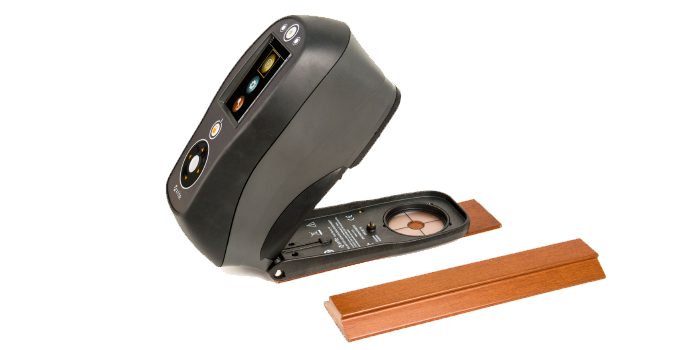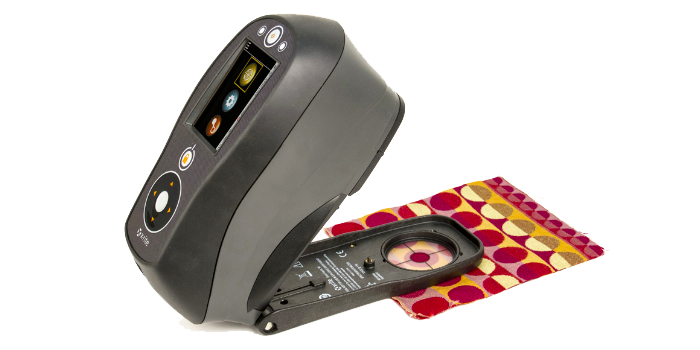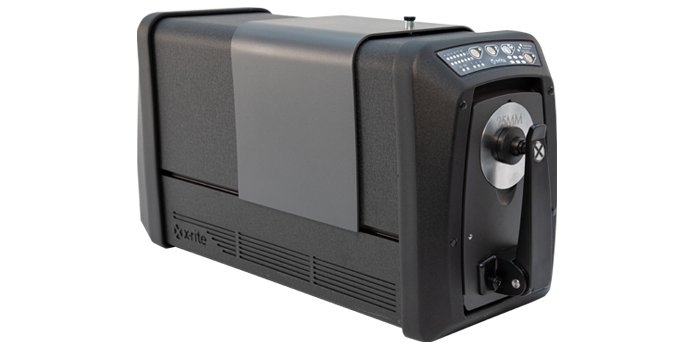How Do You Control Color Quality?
Ask yourself the following questions to identify how you could benefit from a quality control solution.
1. Do you have to communicate color with your customers?
If so, "a little lighter, a touch redder, or a smidge bluer" are impossible to achieve without hours of trial and error.
2. Do you inspect your raw materials?
If you don't, and when the incoming color is wrong, you’re at a disadvantage before you even begin.
3. How do you know if the color you produce is correct?
If you had specified tolerances from your customer, you could know whether you’re achieving accurate color and verify it throughout production. Without concrete color data, your production process is built on subjectivity and trial and error – not the most efficient way to work.
Stop Guessing and Start Measuring
To effectively control color quality throughout production, you need digital data. A spectrophotometer is a color measurement device that captures reflected or transmitted light across the visible spectrum to create a “fingerprint” of a color. You can use this color data to communicate, control, and evaluate color throughout your workflow.

Choose the Right Device for Your Quality Control Needs
- A 0º:45º instrument is the most common. It measures light reflected at a fixed angle to the sample, usually 45˚. It’s great for measuring color on smooth or matte surfaces.
- A spherical instrument can measure light reflected at all angles. It’s commonly used to measure color on textured, glossy, and reflective surfaces.
- A multi-angle instrument views the color of a sample as if it is being moved back and forth, just as you would twist a sample to see the color at various angles. It’s best for specially coated pigments and special effect colors.
Specify, Produce, and Ship with Confidence!
Learn More on the X-Rite Color Blog!
- What is a Spectrophotometer? – Learn how spectrophotometers work and explore the most common types
- Top 5 Attributes that Can Affect Spectro Measurements – Read helpful tips for using a spectrophotometer to analyze color quality.
- Top 5 Spectrophotometer Measurement Mistakes – See how many of our customers, including the Algida Ice Cream Company, use spectrophotometers to measure their non-standard products.







